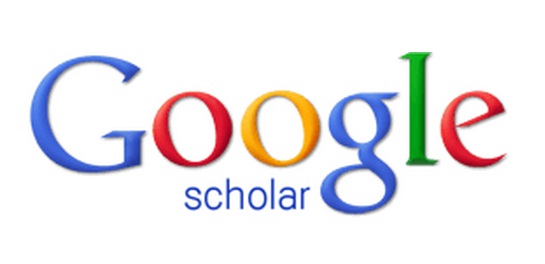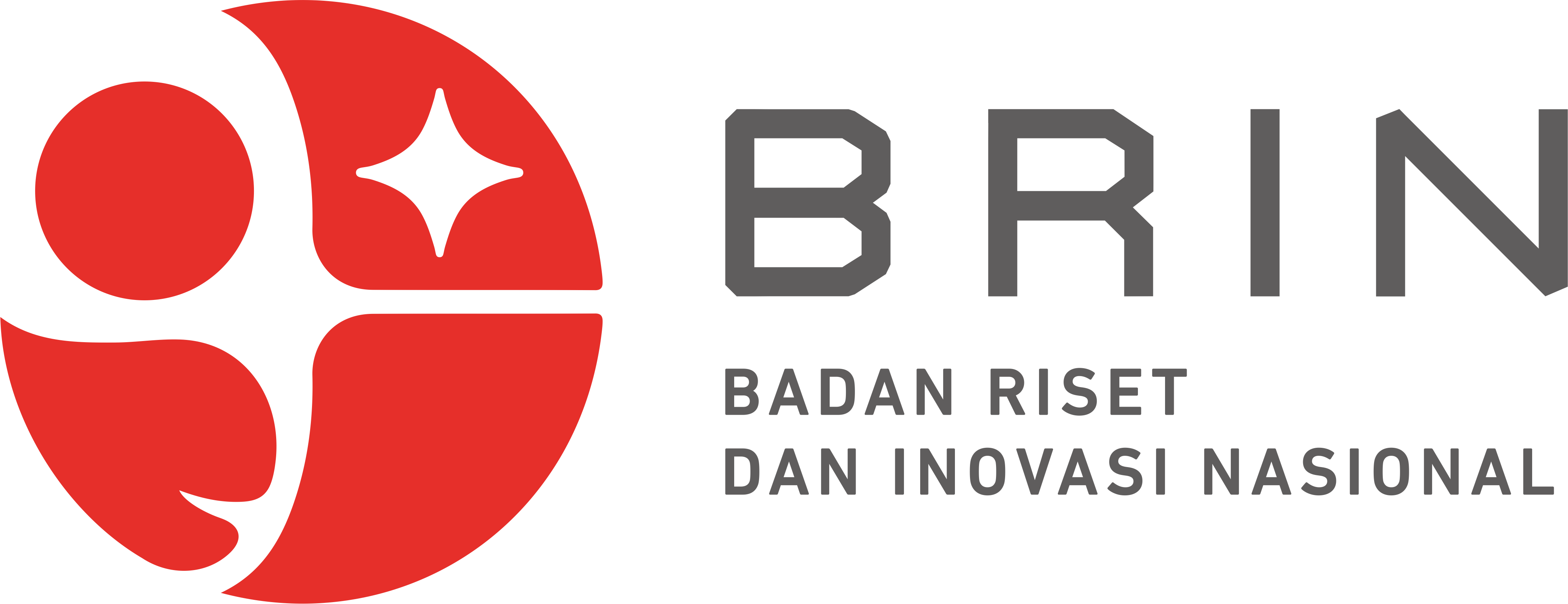EVALUASI KOMPETENSI LITERASI INFORMASI SISWA MENGGUNAKAN MODEL MIL CONCEPT AND APPLICATION SCHEME DI SMP NEGERI 29 PADANG
Keywords:
Information literacy, MIL Concept and Application scheme.Abstract
This study aims to describe the level of information literacy competency of students using the MIL Concept and Application Model scheme at SMP Negeri 29 Padang. This study uses quantitative research with descriptive methods. The population of this study was students of SMP Negeri 29 Padang with a total of 288 students, while the sample used the proportion formula, namely 72 students. The instrument used in this research is test questions. To analyze the data in this study using descriptive analysis with the frequency formula. The results showed that the level of information literacy competency of students based on indicators of formulating information needs earned an average score of 80.5. The indicator of using and accessing information gets an average score of 60.6. The indicator of using information ethically gets an average score of 77.7. The indicator of using ICT (technology, information, and communication get an average score of 85.4. Overall the level of students' information literacy ability gets an average score of 76 which indicates that the level of information literacy skills of students of SMP Negeri 29 Padang is considered good.
References
Arikunto, S. (2002). Prosedur Penelitian: Suatu Pendekatan Praktik. Jakarta: Rineka Cipta.
Dewi, Z., & Isnarmi, I. (2019). Penanaman Karakter Dalam Program Gerakan Literasi Sekolah (Gls) Di Smp Negeri 18 Padang. Journal Of Civic Education, 1(4), 350–362.
George, H. C. (2015). Pola Lisa : An Information Literacy Model For National Curriculum-Based Schools In Indonesia. June, 11–13.
Gunawan, Agustin Widya, Lien, D. A., Aruan, D., & Kusuma, S. (2008). Literasi Informasi : 7 Langkah Knowledge Management. In Kasdin Sihotang (Ed.), Grafindo. Jakarta: Universitas Atmajaya.
Kusumawati, H., Wachidah, L. R., & Cindi, D. T. (2021). Dampak Literasi Digital Terhadap Peningkatan Keprofesionalan Guru Dalam Kegiatan Belajar. 155–164.
Moeller, S., Joseph, A., Lau, J., & Carbo, T. (2010). Towards Media And Information Literacy Indicators. Unesco.
Rachmawati, T. S., -, F., & Saepudin, E. (2018). Studi Tentang Kemampuan Literasi Informasi Di Kalangan Siswa Menengah Pertama. Edulib, 7(2), 17–28.
Setiawan, V. (2017). Librarian Communication Strategy In The Implementation Of Information Literacy (Case Study In University With Using And Exploiting E-Resources). Jurnal Penelitian Komunikasi Dan Opini Publik Vol. 21 No. 1, Juni 2017: 15-29, 21(1), 15–29.
Suharto, A. (2014). Kemampuan Literasi Informasi Pemustaka Dalam Mengakses Informasi : Studi Kasus Di Direktorat Perpustakaan Universitas Islam. Pustakawan Universitas Islam Indonesia, 5(1), 10–20.
Sumiati, E., & Wijonarko. (2020). Manfaat Literasi Digital Bagi Masyarakat Dan Sektor Pendidikan Pada Saat Pandemi Covid-19. Buletin Perpustakaan Universitas Islam Indonesia, 3(2), 65–80.
Zurkowski, P. G. (1974). National Commission On Libraries And Information Science National Program On Library And Information Services Related Paper Number Five The Information Service Environment Relationships And Priorities.









